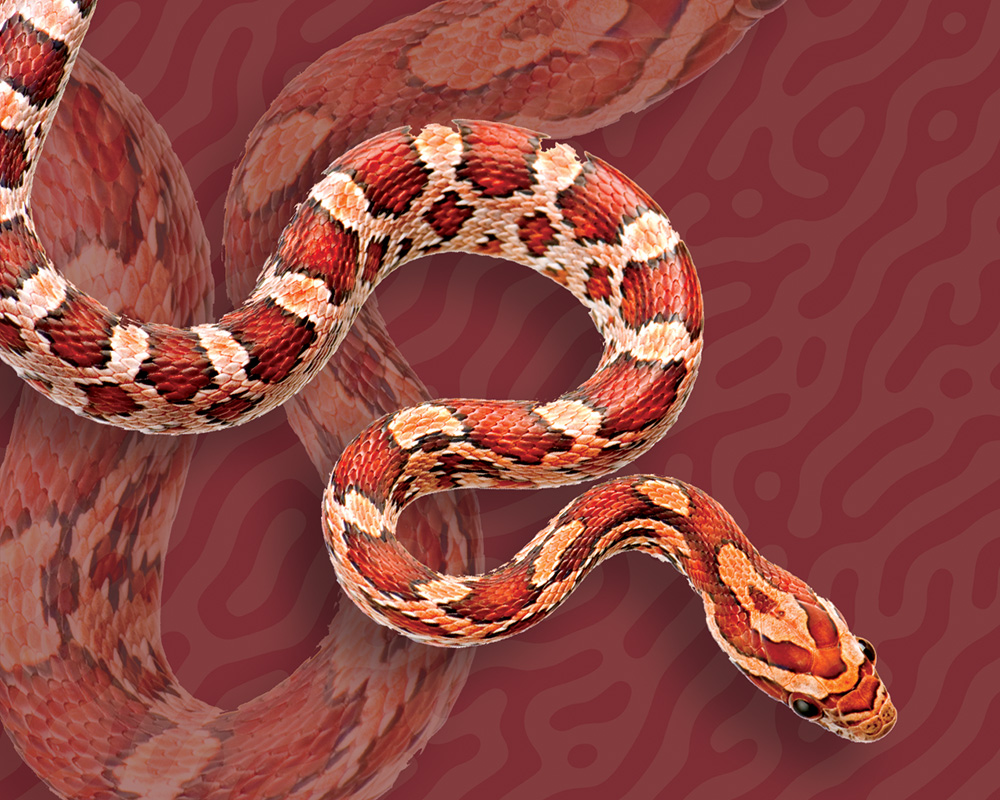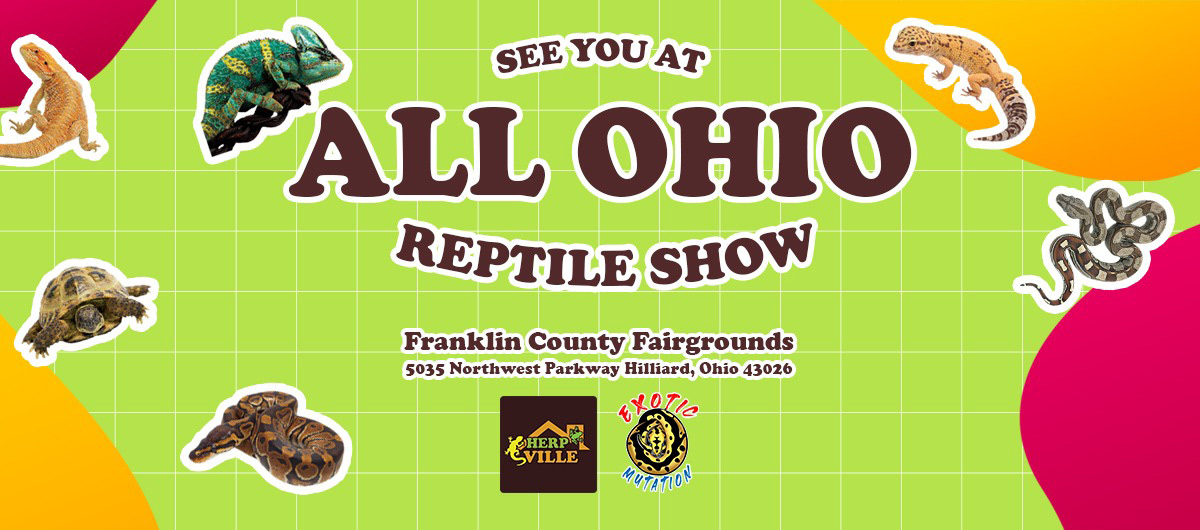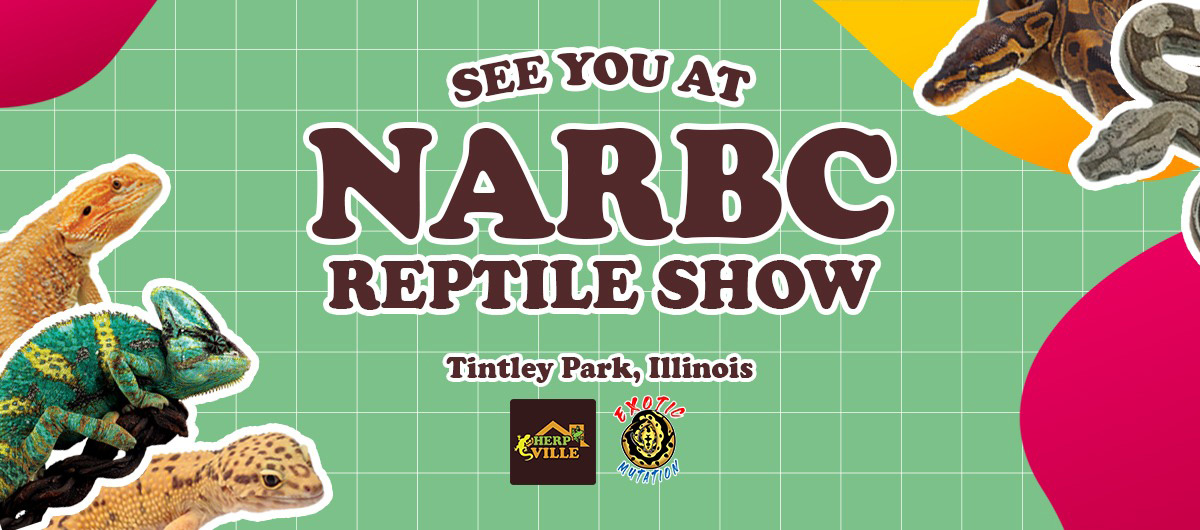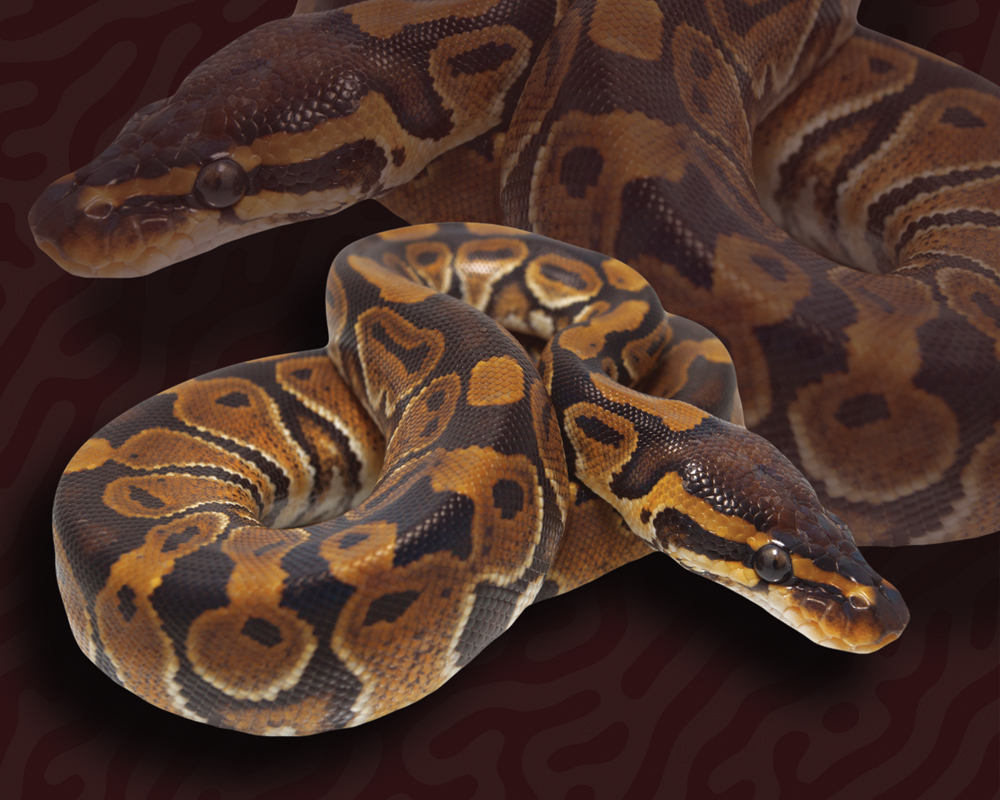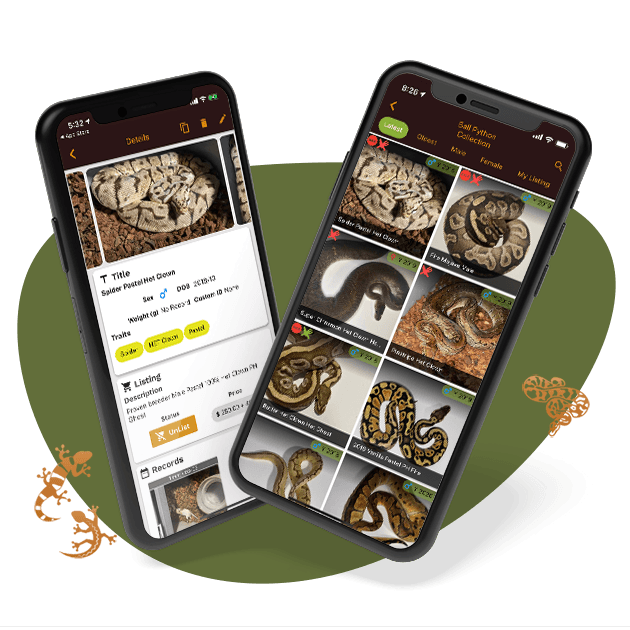HERP-CARE CHECKLIST
What will I need for my Corn Snake?
- Glass aquariums or plastic-type reptile cages – 40 gallons for a full-grown corn snake.
- Thermo regulate one end of the cage 70°F to 85°F on the other side.
- Provide 8-12 hours of light daily. Snakes benefit from exposure to UVA/UVB light during the daytime.
- Maintain 40% – 60% humidity
- Put clean water on a plate.
- Feed thawed rodents to juveniles once a week, adults every 1-2 weeks; offer meals during daytime while the snake is most active.
- Ensure high humidity, around 70%, while shedding to help shed.
- Use paper-based bedding, reptile carpet, and Aspen shavings as bedding.
The corn snake (Pantherophis guttatus) is a North American species of rat snake that subdues its small prey by constriction.
Corn snakes lack functional venom and are harmless though superficially resembling the venomous copperhead and often killed as a result of this mistaken identity.
Various sources assume that the corn snake is so-named because the distinctive, nearly-checkered pattern of the snake’s belly scales resembles the kernels of variegated corn.
Adult corn snakes have a body length of 4 ft to 6 ft. In the wild, they usually live up to 20 years or more.
Wild corn snakes prefer habitats such as overgrown fields, forest openings, trees, palmetto flatwoods, and abandoned or seldom-used buildings and farms, from sea level to as high as 6,000 feet.
Corn snakes are relatively easy to breed. They usually go through a cooling period (also known as Brumation) that takes 60–90 days to get them ready for breeding.
After many generations of selective breeding, captive-bred corn snakes are present in a wide variety with different colors and patterns.
Like all snakes, corn snakes are carnivorous and, in the wild, they eat every few days.
Use the Herpville App to set reminders for feeding, watering, breeding and cleaning.
Temperature
| Basking Spot | Ambient | Cool Side | Night | |
|---|---|---|---|---|
| Min | 88°F | 80°F | 70°F | 70°F |
| Max | 92°F | 85°F | 75°F | – |
- Natural light from nearby windows helps corn snake adjust its day and night cycles, and its seasonal cycles.
- Use point and shoot thermometer to measure temperature regularly
Lighting
- Provide 8-12 hours of UVA/UVB light daily to help improve immune system function and promote health and behavior.
- A nocturnal or infrared light is preferable at night.
Humidity
Cage Humidity 40 – 60%. When humidity falls too low, it will find difficulties shedding.
Cleaning
- Remove the snake and decors
- Disinfect with 2% bleach sol, wash and dry
- Use a new substrate
- Clean the water regularly
Shedding
- Ensure humidity of 70% to allow your corn snake to shed properly.
- Use moss if necessary.
Feeding Schedule
- Feed thawed rodent
- Juveniles once a week, adults every 1-2 weeks; offer meals during day time while the snake is most active.
- Providing clean water regularly on a large plate is non-negotiable.
- Snakes should be fed prey that is approximately the size of the snakes’ width around mid-body.
Substrate
- Use paper-based bedding, reptile carpet, and Aspen shavings as bedding.
Monitor & track your animals using Herpville App!
Herpville app provides you with tools, tips, and techniques to keep your reptile pets and amphibians alive and healthy.
Whether you are a reptile hobbyist, pro breeder, or own a reptile business, Herpville will significantly improve your reptile husbandry and will provide support for the entire lifecycle of reptile breeding.
You can connect with reptile enthusiasts all over the world and share photos, exchange animal caring ideas and potential for buying or selling.

